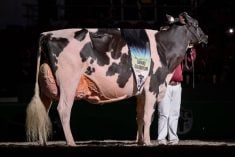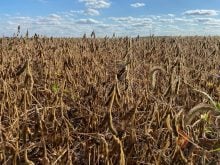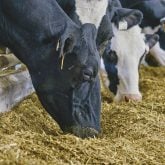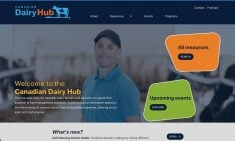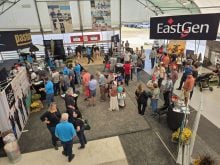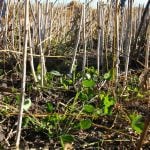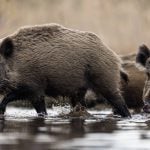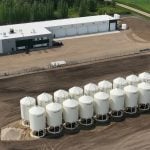Lameness is a complex condition influenced by a diverse array of intertwined factors, from cow-level elements to environmental conditions and management practices.
It is often the cumulative impact of several interacting factors that leads to the development of lameness, making it challenging to control effectively.
This interdependent nature of risk factors requires comprehensive and integrated management strategies to effectively mitigate the incidence of lameness in dairy herds.
Read Also
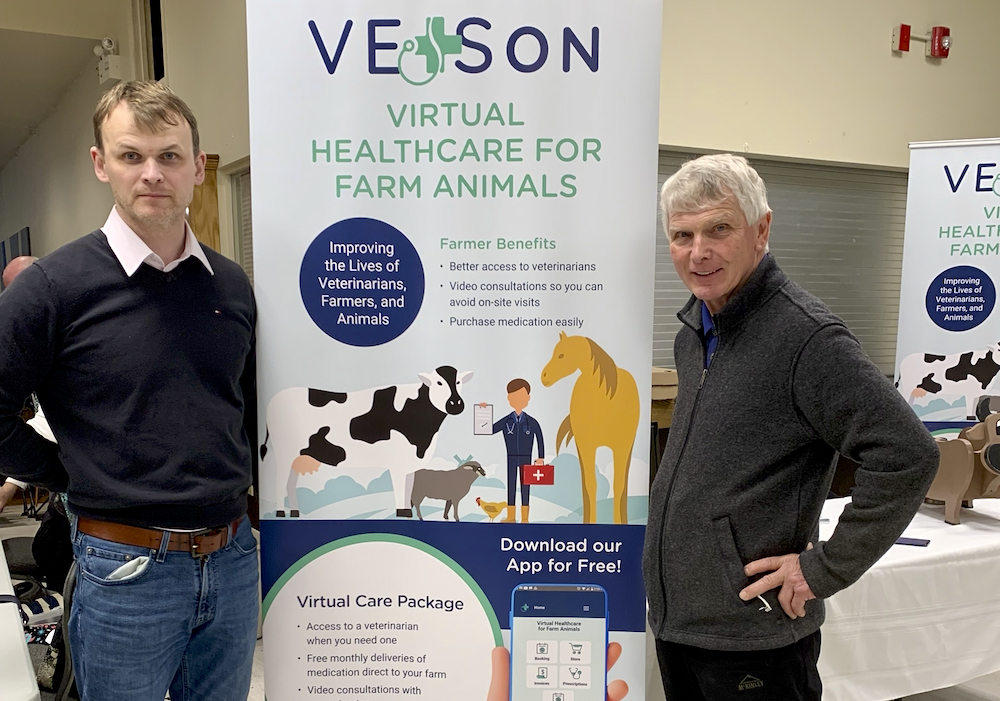
Remote care start-up adds vet medicine delivery app
Almost a year after expanding its veterinary telemedicine platform to include direct-to-farm delivery of medications, information technology start-up VETson now offers a medication ordering/distribution/delivery app.
Studies show that lameness remains a significant challenge worldwide and the level of lameness isn’t changing over time.
A recent literature review revealed an average global prevalence of lameness in dairy cows at 24 per cent. Studies conducted in Canada reflect similar variance, with prevalence rates ranging from 15 to 37 per cent across different studies.
This variation is largely influenced by regional differences, facility types, milking systems, and the criteria used for diagnosing lameness. Despite extensive efforts to manage and mitigate this condition, a review of the literature reveals that the prevalence of lameness has persistently remained high, with no significant change over time.
This article is the first in a series that delves into the main reasons behind high rates of lameness, shedding light on the complex interplay of factors that contribute to this challenge.
There are factors at the cow and the environmental level, and both have significant effects on persistent lameness.
Cow-level factors influencing lameness
Today’s dairy cows, notably Holsteins, produce significantly more milk than their counterparts did 100 years ago, largely due to focused genetic selection that has unfortunately made them more susceptible to diseases like lameness. Despite recent efforts to enhance traits related to health and longevity, challenges persist.
Cow-level factors critically influence lameness throughout the dairy cattle production cycle. For example, the rumen acidosis-laminitis complex, common in high-producing cows during early lactation, is linked to a higher prevalence of hoof lesions and a decline in Body Condition Score (BCS) during peak lactation (i.e., 60–100 days in milk) makes cows more prone to lameness as the digital cushion, essential for shock absorption, shrinks in thinner cows.
The transition period further heightens risks due to metabolic and hormonal changes that weaken hoof tissues, making cows particularly susceptible in the initial weeks post-calving. Additionally, older cows, high milk producers, and those with a history of claw lesions face compounded risks from repeated lactations and unresolved hoof problems. These factors collectively indicate that today’s dairy cows are generally more vulnerable to lameness, highlighting the need for targeted interventions in herd management.
How environmental conditions fuel lameness
Environmental factors such as housing type, access to outdoor environments, stall design, flooring characteristics and overall comfort significantly impact the prevalence and severity of lameness in dairy cattle.
Most cows in North America are housed in confinement facilities featuring free-stalls or tie-stalls, where the design of the stall and the type of flooring used are critical for maintaining animal welfare.
Flooring is another pivotal aspect, as cows naturally prefer softer surfaces for standing and walking.
Heat stress is another significant environmental risk factor impacting dairy cattle, emerging as a growing threat to lameness management.
The implications of lameness
Regardless of differing welfare perspectives, lameness undeniably breaches essential welfare standards. It causes pain, impairs biological functions such as milk production and reproduction, and restricts natural behaviors, clearly demonstrating its detrimental impact on animal welfare. While the direct costs of treatment, such as veterinary care, hoof trimming, labor, and therapeutics, are readily apparent, the indirect costs pose a more substantial economic burden.
Research indicates that farmers typically recognize only a third of the lame cows in their herds, likely due to challenges in detecting early signs.
The persistence of lameness in dairy cattle, despite years of research and intervention, underscores the complexity of the issue and the multifaceted approach required to address it. This article has explored some of the most important dimensions—from cow-level vulnerabilities and environmental challenges to the overarching need for enhanced management practices. As the dairy industry continues to evolve, the integration of awareness, technology, and proactive health management strategies will be crucial.
Amir Nejati has a DVM degree and a Master’s degree in Animal Science from McGill University and serves as a dairy cattle specialist at Clearbrook Grain & Milling in British Columbia



